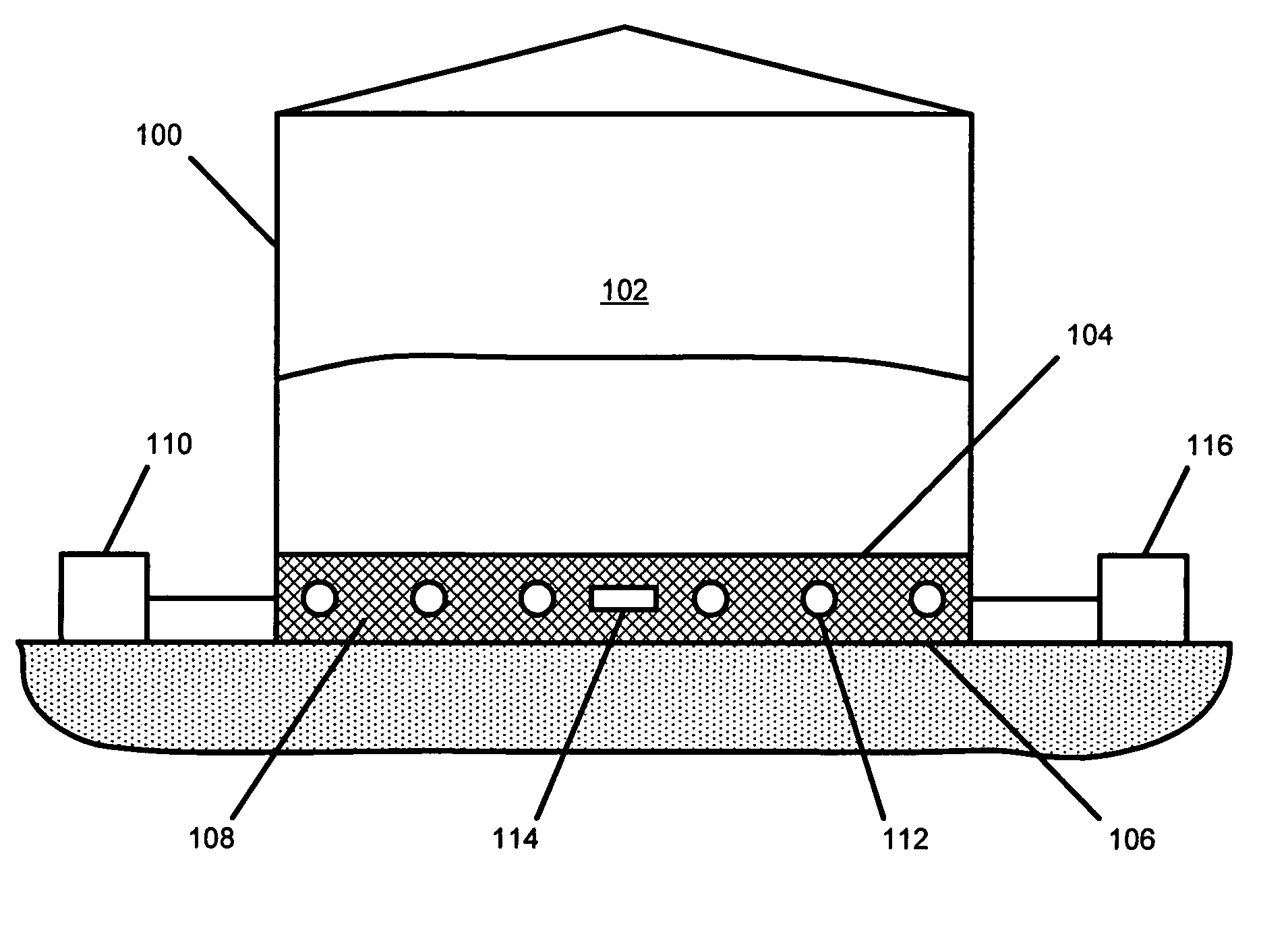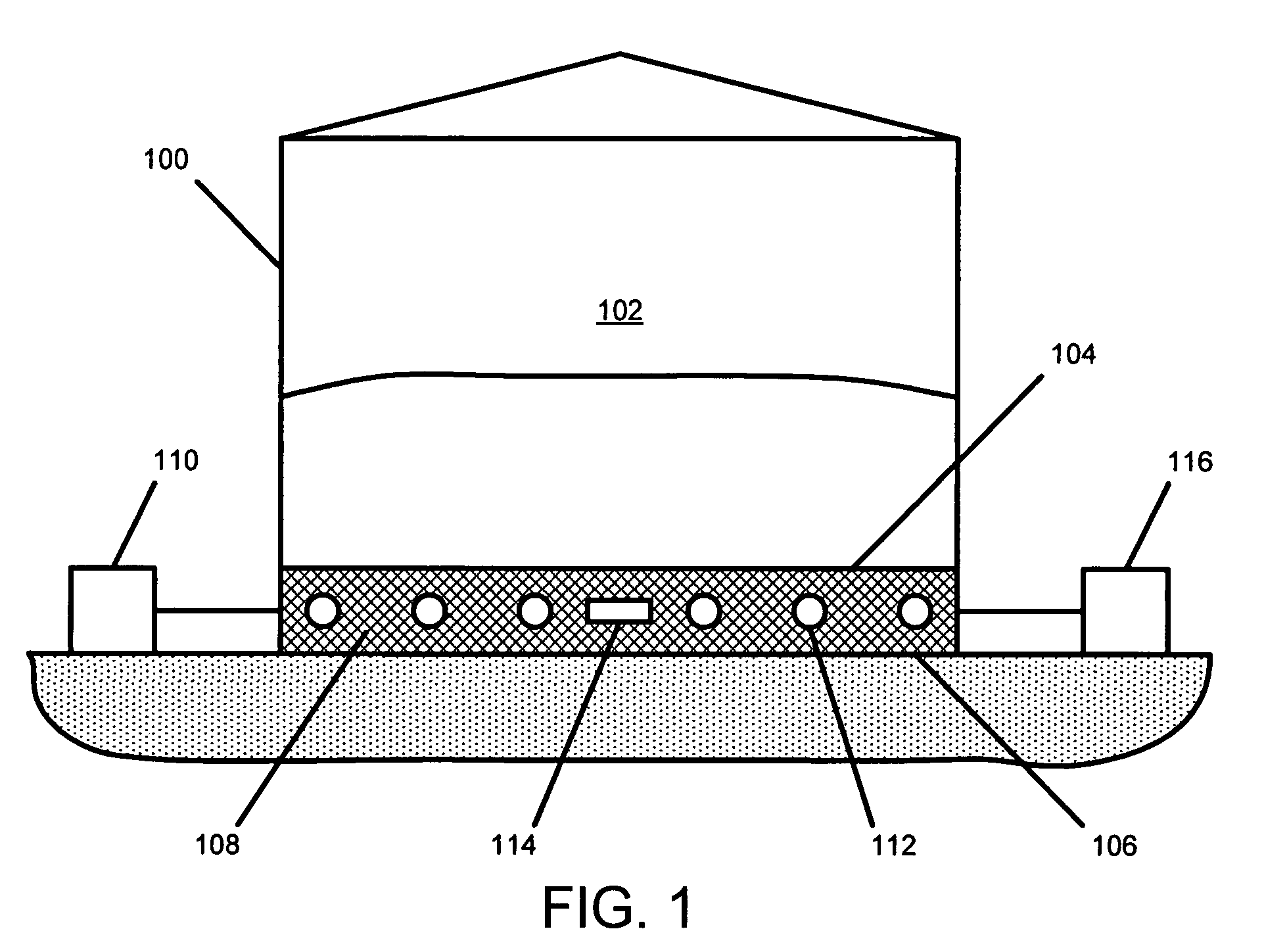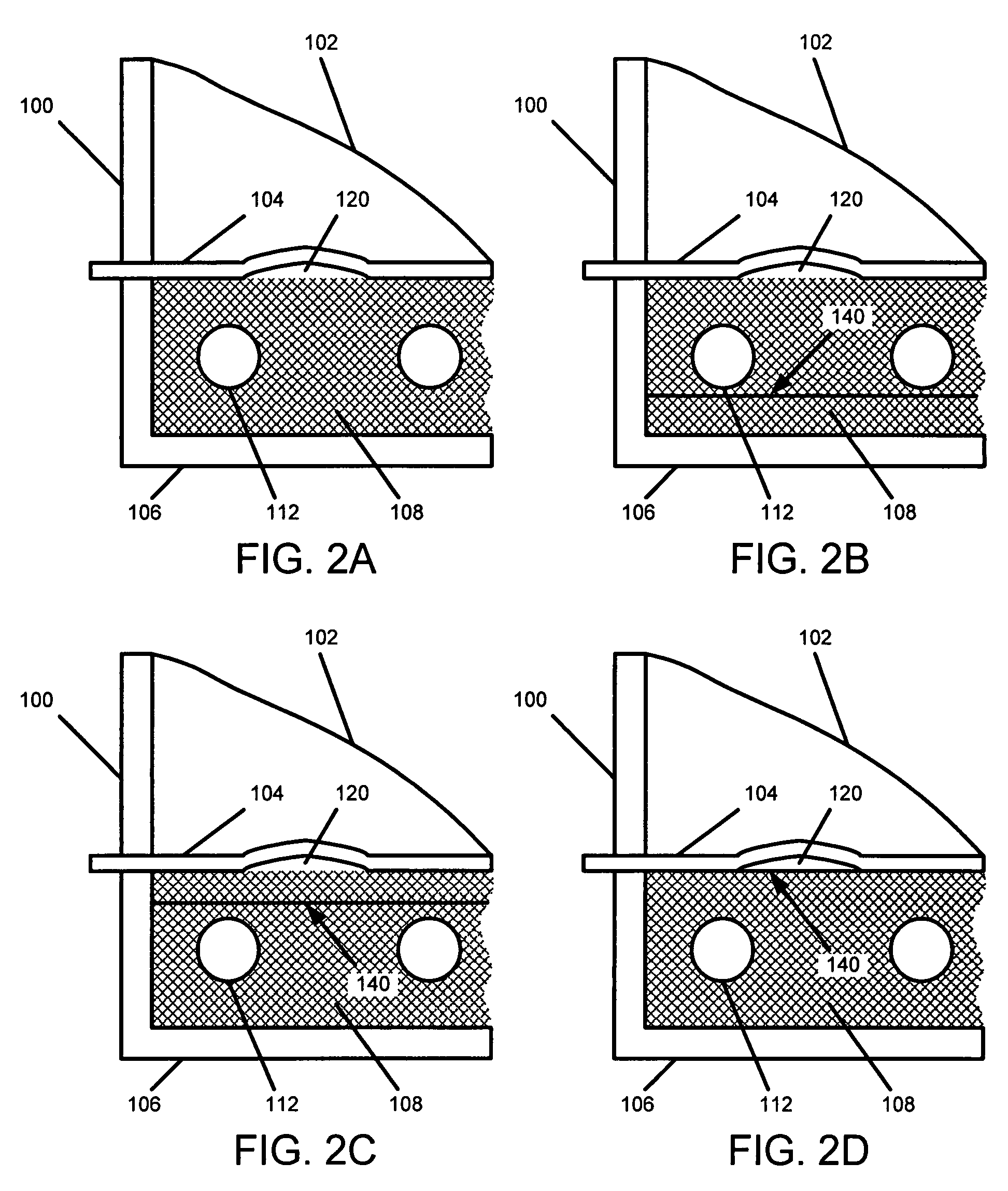Synergistic corrosion management systems for controlling, eliminating and/or managing corrosion
a corrosion management system and corrosion management technology, applied in the direction of disinfection, packaging, transportation and packaging, etc., to achieve the effect of reducing the risk of contamination
- Summary
- Abstract
- Description
- Claims
- Application Information
AI Technical Summary
Benefits of technology
Problems solved by technology
Method used
Image
Examples
example a-1
[0153]
Sodium Nitrate2.5 PartsSodium Silicate10.2 parts“Ionol”20.5 parts“Cab-O-Sil”30.1 parts1Sodium Silicate is a glassy product with a weight ratio of silica to sodium oxide of 2 (commercially available from the PQ Corporation).2“Ionol” is 2,6-di-tert-butyl-4-methyl phenol (commercially available from the Uniroyal Chemical Company).3“Cab-O-Sil” is fumed silica (commercially available from the Cabot Corporation).
example a-2
[0154]
Sodium Nitrite2.5 partsSodium Silicate0.2 parts“Cobratec TT-85”40.5 parts“Ionol”0.5 parts“Cab-O-Sil”0.1 parts4“Cobratec TT-85” is sodium tolyltriazole, a corrosion inhibitor commercially available from the Sherwin-Williams Company.
example a-3
[0155]
Sodium Nitrite2.5 partsSodium Silicate0.2 parts“Ionol”0.5 parts“Cobratec TT-85”0.5 partsZinc Oxide1.0 parts“Cab-O-Sil”0.1 parts
[0156]2. Exemplary Tarnish Inhibiting Formulas:
[0157]As noted above, in one embodiment, the present invention relates to systems which can contain therein at least one tarnish inhibiting formula which comprises a mixture of: (4a) at least one strong alkali compound; and (4b) at least one compound which yields an insoluble sulfide. This mixture can further include one or more additional additives, such as anti-oxidants, corrosion inhibitors, etc.
a. Strong Alkali Compound
[0158]Any suitable Group 1 or 2 silicate or oxide can be utilized in the at least one tarnish inhibiting formula contained in the present invention as component (4a), the at least one strong alkali compound. Exemplary silicates include, but are not limited to, lithium silicate, sodium silicate, potassium silicate and barium silicate. With regard to the silicates utilized in the present i...
PUM
| Property | Measurement | Unit |
|---|---|---|
| diameter | aaaaa | aaaaa |
| diameter | aaaaa | aaaaa |
| diameter | aaaaa | aaaaa |
Abstract
Description
Claims
Application Information
 Login to View More
Login to View More - R&D
- Intellectual Property
- Life Sciences
- Materials
- Tech Scout
- Unparalleled Data Quality
- Higher Quality Content
- 60% Fewer Hallucinations
Browse by: Latest US Patents, China's latest patents, Technical Efficacy Thesaurus, Application Domain, Technology Topic, Popular Technical Reports.
© 2025 PatSnap. All rights reserved.Legal|Privacy policy|Modern Slavery Act Transparency Statement|Sitemap|About US| Contact US: help@patsnap.com



